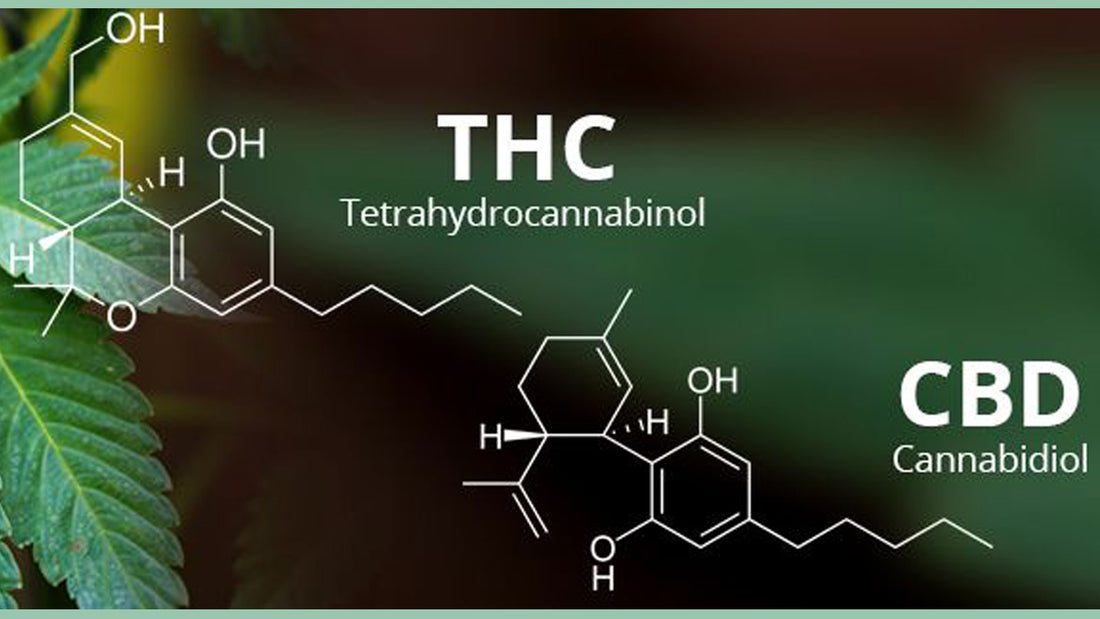Inhaling cannabis products can make you high while also leaving you relaxed and euphoric. Isolated cannabis products, such as Delta 8 THC, may not be as potent as the whole. Delta-8 is a newly found Cannabis ingredient that is used for similar purposes as delta-9; nevertheless, most of us may be oblivious of its incredible health benefits. It is less toxic to inhale but gets the same high as delta-9 THC. Because delta-8 THC is less harmful, the majority of the population naturally gravitated toward it. Several investigations and tests have been conducted in order to improve its effects and provide a powerful punch. This is when the Entourage Effect comes into play.
What is the Entourage Effect?
Cannabis is a complex plant with hundreds of chemical entities, like cannabinoids, flavonoids, and terpenes. It produces more significant results when inhaled in its natural form. People have also started taking isolated CBD into tinctures to use it as a pain reliever. Recently there have been several studies and researches on the use of cannabis products in variation.
Each cannabinoid element has a different effect; however, none is as profound as the whole cannabinoids that are found naturally. The entourage effect suggests that combining different cannabinoid products like delta-8 THC and terpenes creates a more substantial effect. To understand this further, it is significant to understand terpenes.
Explaining Terpenes
Terpenes are none other than fragrant chemicals which give each plant its own unique aroma. They are responsible for the way certain herbs, plants, and even some animals smell. Therefore terpenes are highly used in perfumes, cosmetics, and foods as well to acquire the desired aroma. Apart from that, there is another usage of terpenes. Terpenes have varied impacts on different plants and animals. They aid in their survival by drawing in pollinators and preventing predators in their native habitat. Additionally, terpenes also regulate and safeguard plants’ immune systems as well as help them with their healing processes.
Types of terpenes
Each cannabis flower is composed of over 100 types of terpenes, and the following are some of the most commonly found ones:
Myrcene
Top of the list is the most abundant terpene found in cannabis flowers. It has a fruity, musky, and earthy aroma. It is also highly efficient in reducing chronic pain and inflammation, which aids patients who are suffering from cancer. Ingesting products containing Myrcene before consuming cannabis will strengthen the effects of THC and increase its absorption rate.
Limonene
The second-most prevalent terpene in all cannabis strains is limonene, albeit not all strains must include it. Since all citrus fruits include significant amounts of this chemical, limonene gives them a zesty scent reminiscent of lemons, as its name suggests. Both cleaning goods and cosmetics include limonene. It is a great stress reliever and mood stabilizer with antifungal properties.
Linalool
With its spicy and floral undertones, this terpene is primarily the cause of the scent that makes marijuana so distinctive. Lavender, mint, cinnamon, and coriander all contain linalool. It's intriguing since it shares these aromatic herbs' potent hypnotic and calming qualities. It aids people who are suffering from depression, insomnia, and arthritis.
Caryophyllene
You can recognize it with its peppery or spicy aroma. Because it binds to CB2 receptors, beta-caryophyllene is a topical and cream anti-inflammatory product component. The only terpene that can bind to cannabinoid receptors is caryophyllene. Studies have revealed that caryophyllene has some auspicious qualities for treating alcoholism and its analgesic and anti-anxiety effects.
Alpha and Beta Pinene
Both of these terpenes are abundant around pine trees hence the aroma. Rosemary, orange peels, basil, parsley, and cannabis are among the other plants that are usually high in pinene.
Pinene terpenes have an anti-inflammatory effect on people like many other terpenes do. But more crucially, they support better breathing and respiratory processes and lessen the memory loss brought on by THC. Since we're talking about marijuana, I realize this may sound strange, but if the strain is high in alpha and beta-pinene, it can aid asthma.
How do Terpenes and delta-8 THC combine to produce a stronger impact?
Among over 100+ cannabinoids in the hemp plant, CBD and THC are the most popular. Cannabinoids such as CBD, THC, and terpenes produce greater and more potent effects than either could produce alone. Despite being available in very minute quantities, delta-9 and delta-8 are the most used THC cannabinoids.
Some of the weaknesses of cannabinoids are also eliminated with terpenes. Technically, terpenes are not a required component of vape juice and dab sauces. The only component of the mixture that is genuinely irreplaceable is the delta eight distillate oil, which powers all of the active effects. The distillate is necessary to produce the delta 8 product. The distillate oil is primarily tasteless and odorless on its own. The components known as terpenes are what give these oils their distinctive flavor, color, and scent.
Conclusion
Although there isn't enough data to draw any firm conclusions about the entourage effect, it stands to reason that using a full spectrum product will likely be more effective than isolating and using just one or a few derived cannabinoids. This is because we don't fully understand what these compounds do, as well as the fact that different compounds can have diverse effects on our bodies depending on how they interact with one another.
Generally, anything with no known adverse side effects (like coconut oil) probably has more positive effects than negative ones. Flavanoids and terpenes give the plant unique characteristics and preserve its therapeutic effects.

